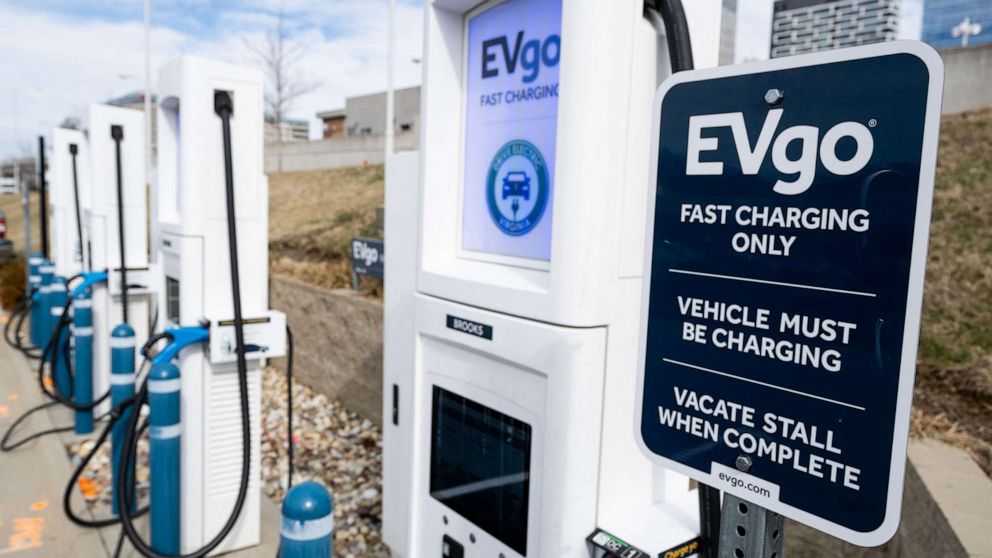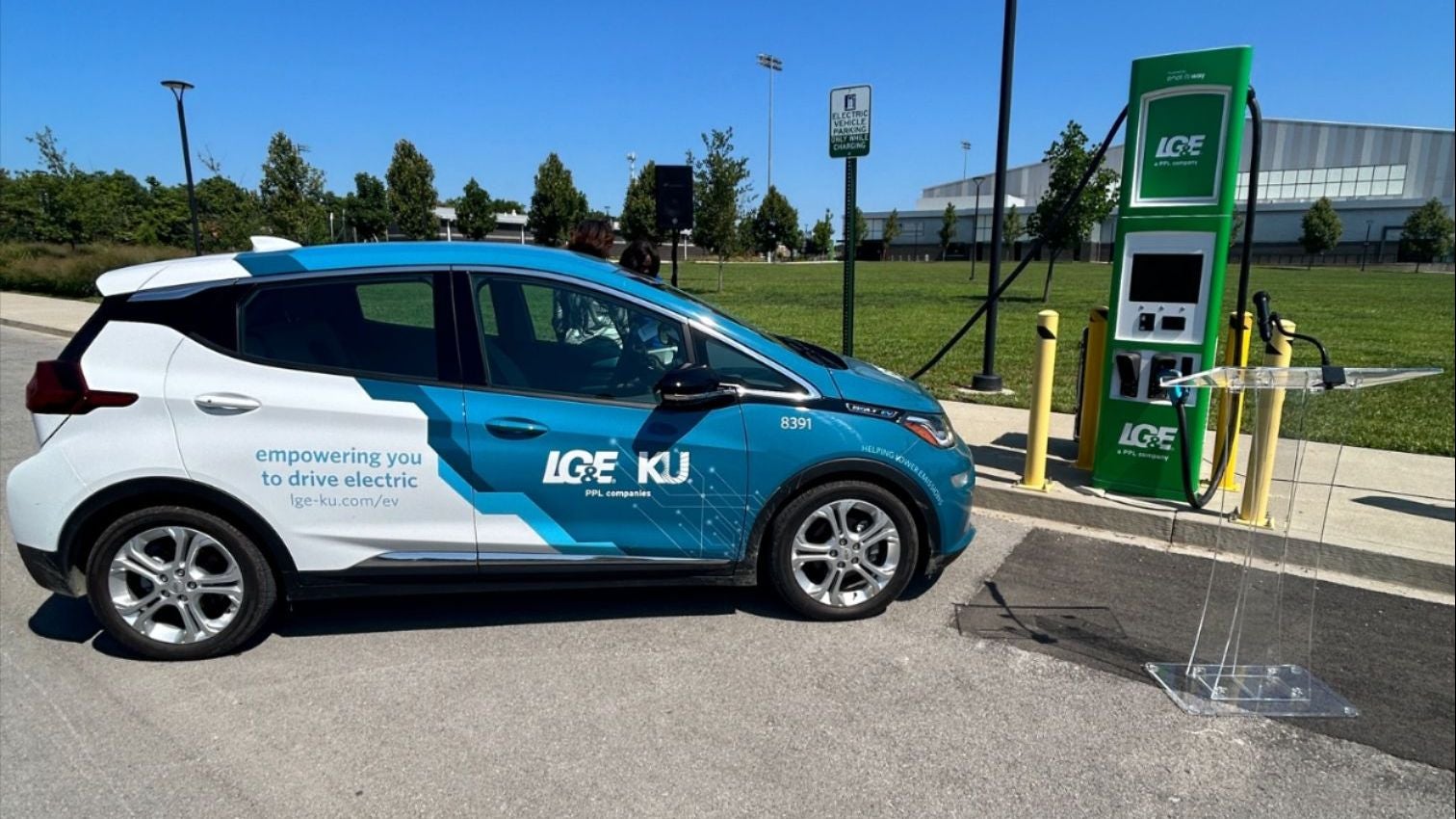Key Innovations in the EV Sector You’ll Find in Today’s Buy EV Charging news
Key Innovations in the EV Sector You’ll Find in Today’s Buy EV Charging news
Blog Article
Why 2024 Is a Game-Changer for EV Charging: Fads and Insights
As we come close to 2024, the electric lorry (EV) charging landscape is established for considerable transformation, driven by the expansion of ultra-fast charging stations and innovations in wise billing innovations. The unification of sustainable power sources together with favorable government plans is likely to redefine the sustainability and availability of EV infrastructure.

Development of Ultra-Fast Charging Terminals
Exactly how quickly are ultra-fast charging stations changing the electric car landscape? The proliferation of ultra-fast billing terminals is an essential advancement in the EV industry, significantly boosting the ease and expediency of electric vehicle ownership. These stations, with the ability of delivering billing accelerate to 350 kW, can recharge an EV's battery to about 80% in as little as 15-30 minutes, efficiently decreasing array stress and anxiety amongst customers.
The development of ultra-fast billing framework is being driven by both exclusive and public financial investments, reflecting a critical change in the direction of sustainable transportation remedies. Major automobile producers and power business are collaborating to mount these terminals along significant freeways and metropolitan centers, creating an extensive network that sustains long-distance traveling and daily use.
Moreover, innovations in battery technology are enhancing this growth, allowing vehicles to make the most of the enhanced billing speeds. As the number of ultra-fast billing stations proceeds to increase, they are anticipated to play a critical role in increasing EV fostering, cultivating a shift towards a cleaner and more lasting future. This growth not just enhances user experience however also strengthens the stability of electric automobiles as a mainstream transportation choice.
Advancements in Smart Charging Innovation
With the raising assimilation of electronic technology in the electrical automobile industry, advances in smart charging modern technology are considerably boosting the effectiveness and benefit of EV charging. Smart charging systems take advantage of connection and information analytics to maximize the charging procedure, allowing customers to charge their automobiles when electrical energy rates are most affordable and demand on the grid is very little.

Interoperability is an additional critical improvement, as brand-new requirements and methods permit different EV models and charging stations to communicate perfectly. This improves individual experience by supplying extra accessible charging choices throughout different networks. Ultimately, the evolution of smart charging technology represents a significant step towards a more user-friendly and sustainable EV ecosystem, paving the way for more comprehensive fostering and assimilation right into day-to-day live.
Combination of Renewable Resource Sources
The integration of renewable power resources into EV charging infrastructure is coming to be significantly important as the demand for lasting remedies expands. This pattern not only helps in reducing the carbon impact associated with electric lorry billing but additionally boosts grid durability by promoting decentralized power production.
Solar and wind power go to the forefront of this integration, with several charging stations currently being or including solar panels integrated in distance to wind farms. These eco-friendly sources can create tidy electrical power, giving a lasting energy supply for EVs. Innovations in energy storage technologies, such as batteries, assist in the effective storage space of excess energy produced throughout top manufacturing hours, making sure that charging terminals can run efficiently also when eco-friendly generation is low.

Expansion of Charging Infrastructure
As electrical vehicle (EV) fostering accelerates, the growth of billing facilities has actually become an essential focus for stakeholders throughout the automobile and power sectors - EV Charging news. The need for a obtainable and robust charging network is essential to support the expanding variety of EVs when driving and to ease range stress and anxiety amongst consumers
In 2024, we are experiencing substantial investments from both public entities and exclusive firms intended at enhancing the charging landscape. This includes the installation of fast-charging stations along highways and in metropolitan centers, which can charge EVs in a portion of the moment contrasted to standard battery chargers. In addition, collaborations in between car manufacturers and power providers are helping with the implementation of innovative charging services to meet varied customer requirements.
Additionally, improvements in innovation are causing smarter billing systems that enhance energy distribution and reduce prices. The assimilation of these systems is critical for suiting the predicted boost popular as more consumers change to electrical wheelchair. The growth of charging infrastructure not just sustains the EV market but also plays an essential duty in accomplishing broader sustainability objectives, making it a crucial element in the evolution of transport.
Federal Government Policies and Motivations
Federal government policies and motivations are progressively shaping the landscape of electrical automobile (EV) adoption and billing facilities development. Federal governments around the world are identifying the immediate need to shift to cleaner transport options, bring weblink about the application of various initiatives aimed at increasing EV fostering. These policies often include tax obligation credit histories, discounts, and grants for customers and companies that spend in electric lorries and charging terminals.
In addition to guide financial rewards, several governments are developing ambitious targets for EV sales and mandating the setup of billing facilities in brand-new developments. A number of nations have actually committed to phasing out internal combustion engine lorries within the next decade, producing a feeling of necessity that drives both customers and manufacturers toward electric alternatives.
Moreover, public-private partnerships are becoming a crucial part of these initiatives, facilitating investment accountable networks and ensuring widespread access. By lining up regulative structures with monetary motivations, federal governments are not just cultivating a helpful environment for EV adoption but also dealing with worries associated to vary stress and anxiety and billing accessibility. This robust policy landscape is set to make 2024 a critical year in the shift to electric mobility.
Final Thought
The year 2024 is established to change the electrical lorry billing landscape with the spreading of ultra-fast billing terminals, developments in smart billing technologies, and the assimilation of renewable energy sources. The growth of billing framework, boosted by encouraging federal government plans and have a peek here motivations, will address range anxiety and improve the appeal of electrical vehicle ownership. Collectively, these developments will cultivate a accessible and sustainable environment for electric vehicle fostering, making sure a durable future for the industry.
As we come close to 2024, the electric automobile (EV) charging landscape is set for significant change, driven by the expansion of ultra-fast billing terminals and improvements in clever charging technologies. The spreading of ultra-fast charging terminals is a pivotal growth in the EV market, considerably boosting the benefit and feasibility of electric automobile ownership. Smart charging innovations help with remote tracking and management, allowing individuals to schedule billing sessions by means of mobile applications.
Government plans and incentives are significantly forming the landscape of electric Read Full Article car (EV) adoption and charging facilities development.The year 2024 is set to transform the electrical car billing landscape via the spreading of ultra-fast billing stations, developments in clever charging technologies, and the combination of sustainable energy resources.
Report this page